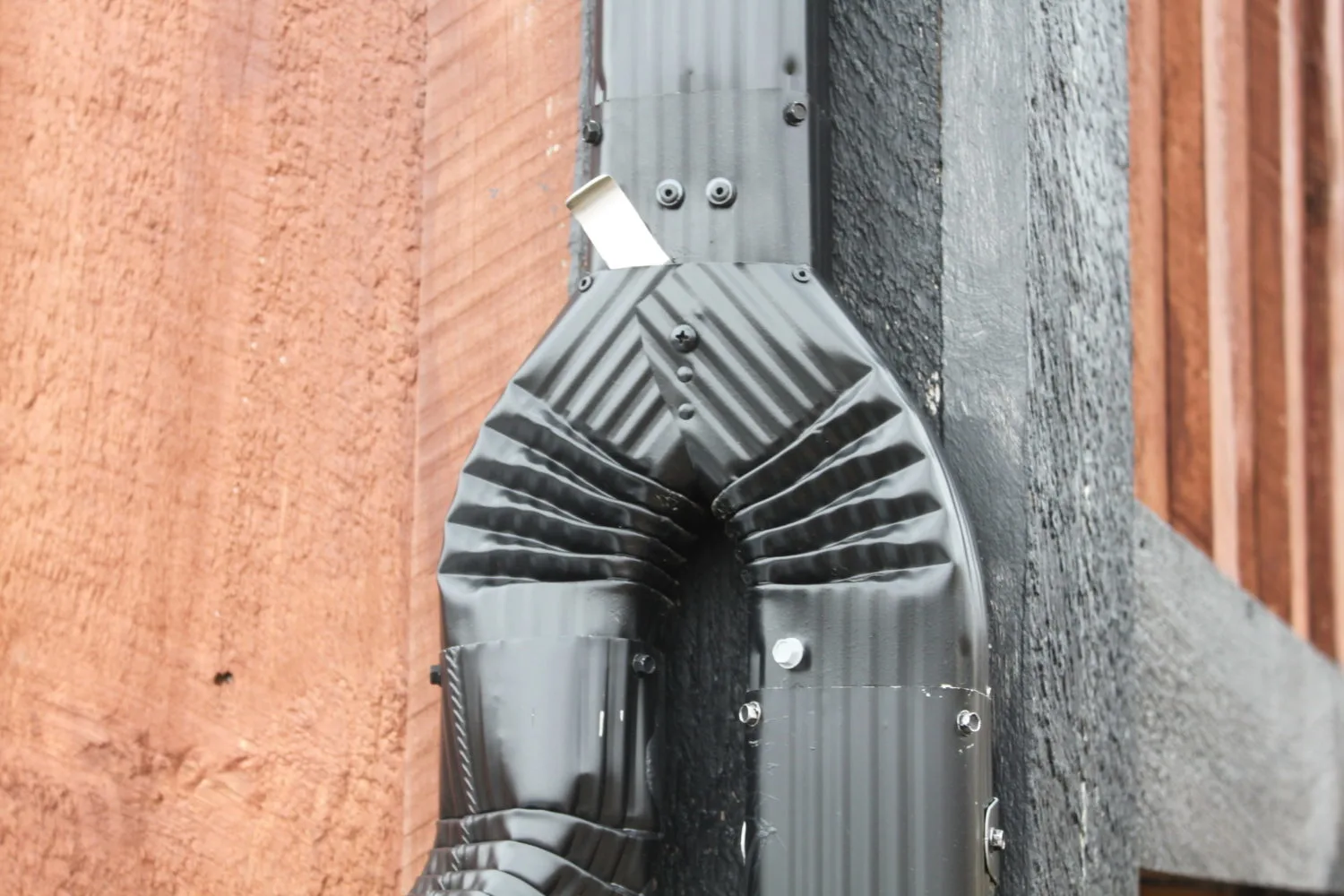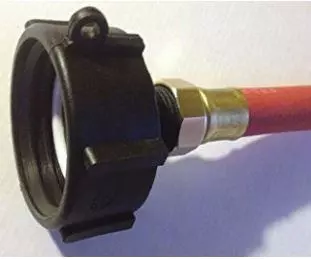Creating A Simple, Inexpensive Way To Collect Rainwater
When we first started our little “farm” back in 2010, we had little to work with. No house, no electricity, and no on-site well for water.
So when it came to planting our first garden, we needed to come up with a way to water all of our plants, along with our newly planted fruit trees and grapes. Hauling the water in was simply not a feasible option.
The solution? A simple DIY rainwater collection system that used the gutters from our barn to divert and store rainwater to use wherever and whenever we needed.
It was a quick solution that has proved to be wildly successful. Using the existing gutters on our barn, a couple of inexpensive water totes, and a simple diversion valve for our gutter – we created a rain collecting machine that could store over 500 gallons of water from a single soaking rain.
The system continues to this day to meet all of our outdoor watering needs for our garden and landscape.
In fact, it has worked so well, we added an identical system to the house this past summer to water the new landscape at the top of the hill too.
Here is a look at our system, and how to easily create one from existing house, barn or shed gutters.
How To Create A Simple System To Collect Rainwater
The rainwater system is made of just three components, one of which is usually already in place (gutters).
The only other two items needed are a holding tank to collect the water, and a diverter valve to take it from the downspout to a tank. Once the water is in your tank, you are in business.
Here are the basic components of the water collection system:
Holding Tank
The first thing you will need to find is a holding tank to collect your water. Our simple solution was to use plastic totes. They are readily available, inexpensive, and hold around 275 gallons on average.
You could also of course use rain barrels, plastic barrels, or any other vessel that will hold water safely. Be sure that whatever you use, it has not been used previously to hold dangerous chemicals or compounds. We found our water tote tanks for around $40 to $60 each on Craigslist. They had been used to ship molasses.
Most water tote tanks come with a 6″ threaded cap on top, and a 2″ threaded outlet valve at the bottom.
The 6″ opening can be used to fill the tank from the downspout diverter.
We put a garden hose adapter on the bottom 2″opening of our tote tank to fill gallon jugs or watering cans with ease.
It also makes it easy to directly water the plants in the garden with the hose. (Ours is gravity fed, but if needed, you can use a small water pump) It can also easily be used for drip irrigation.
Gutter Diverter With Switch
You can find standard gutter diverters on-line, or from a local gutter installer. (We included links below for easy reference). There are all sorts of styles, some even include a built-in clean out to remove leaves and twigs that may fall in your gutters.
Almost all of them install in minutes with simple connectors, or rivets or screws. We have the simple slide switch model shown in the picture. It has worked beautifully now for 6+ years.
Threaded Valve and Hose Adapter
Your local plumbing or hardware store can hook you up with threaded connection valves to convert the 2″ drain at the bottom of your tank to handle a regular garden hose. You can also find a complete assembly on-line for around $30.
Once hooked up, all you need to do is slide the switch to divert the water and wait for it to rain. Our barn roof is 36 feet wide and 13′ long on each side, and can fill the barrels full with one or two good rain events!
System Component Product Links:
Downspout Rain Diverter – Style 1
Downspout Rain Diverter – Style 2
Threaded Valve For Garden Hose Tote Tank Adapter
We drain the tanks come fall, and store them in our barn to prevent cracking or freezing. We have yet to ever need any water for our outside other than from what we have collected!
It has certainly been a great way to collect rainwater for us. Happy watering! – Jim & Mary.
If you would like to receive our DIY, Gardening and Recipe articles each week, you can sign up to follow the blog via email in the right hand column above, “Like” us on Facebook, or follow us on Twitter. This article may contain affiliate links.



